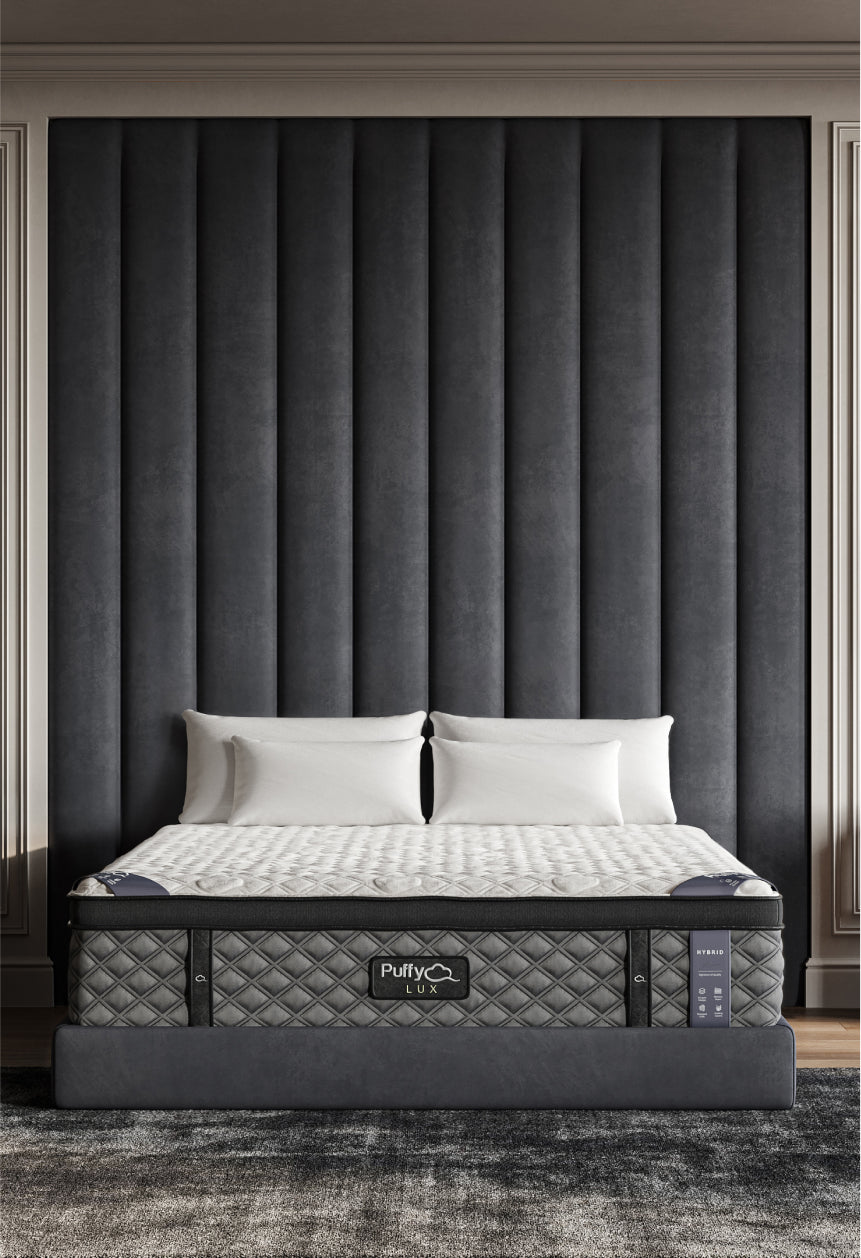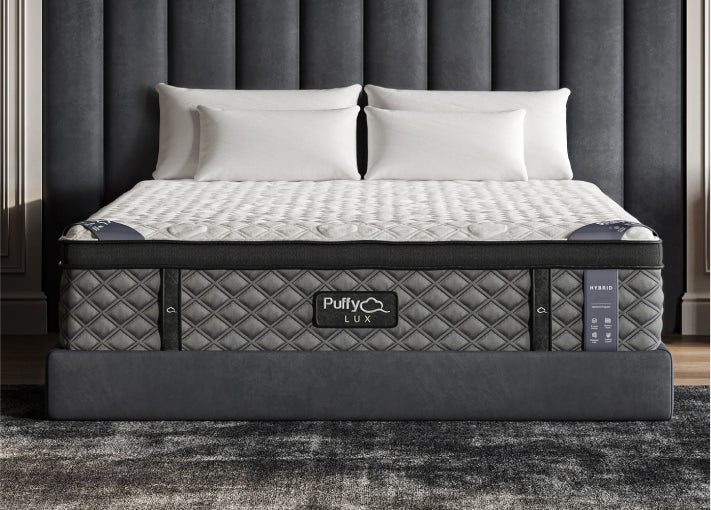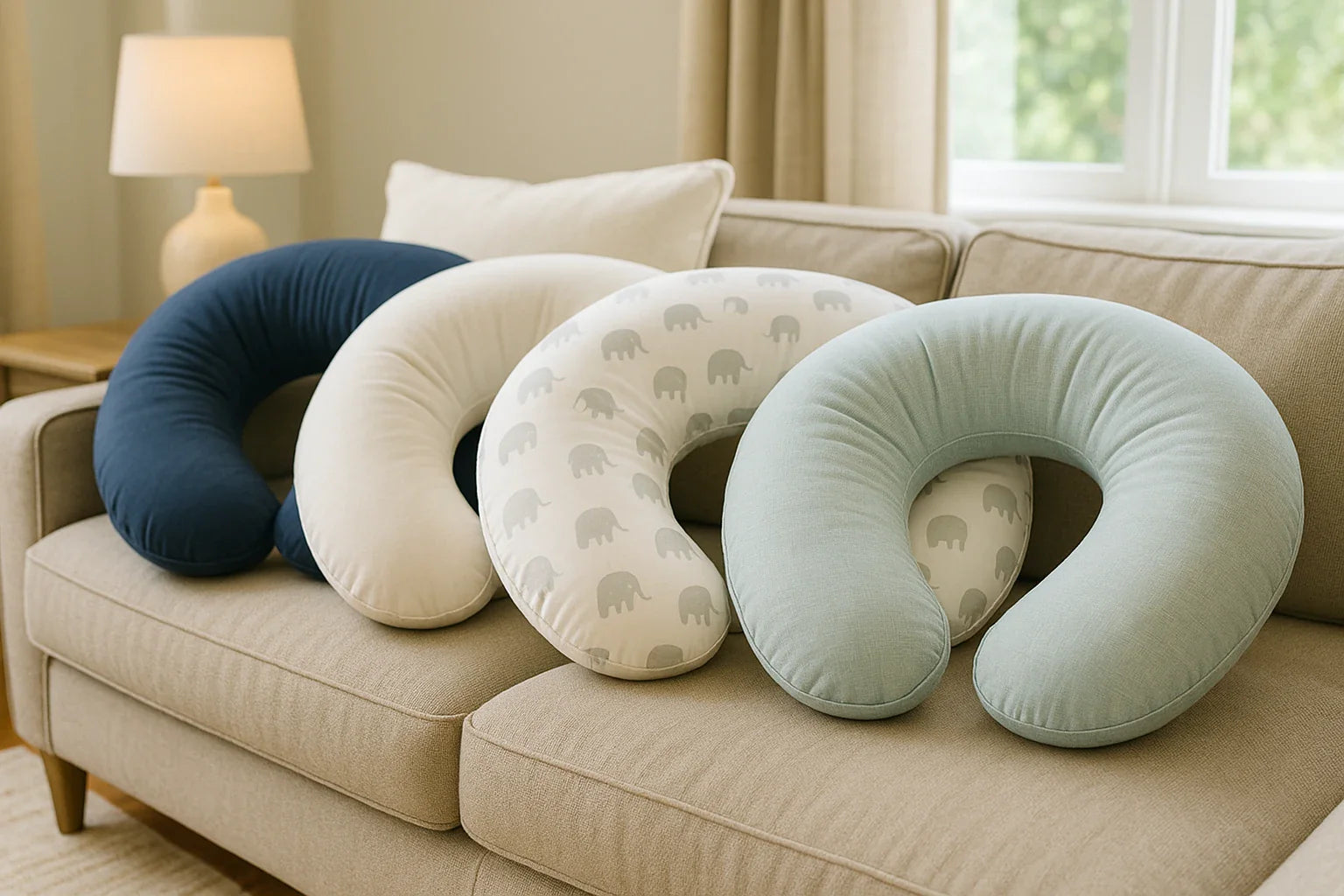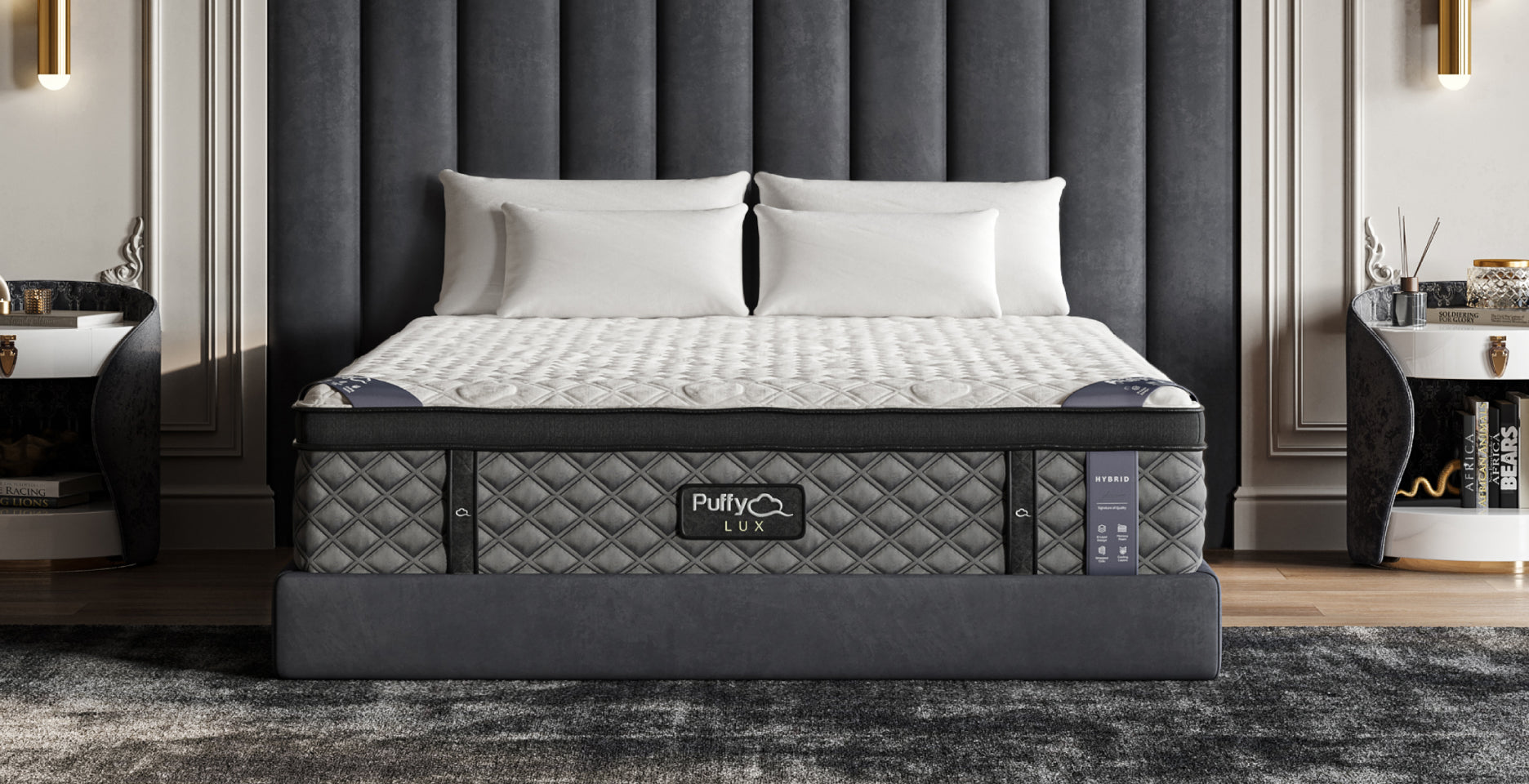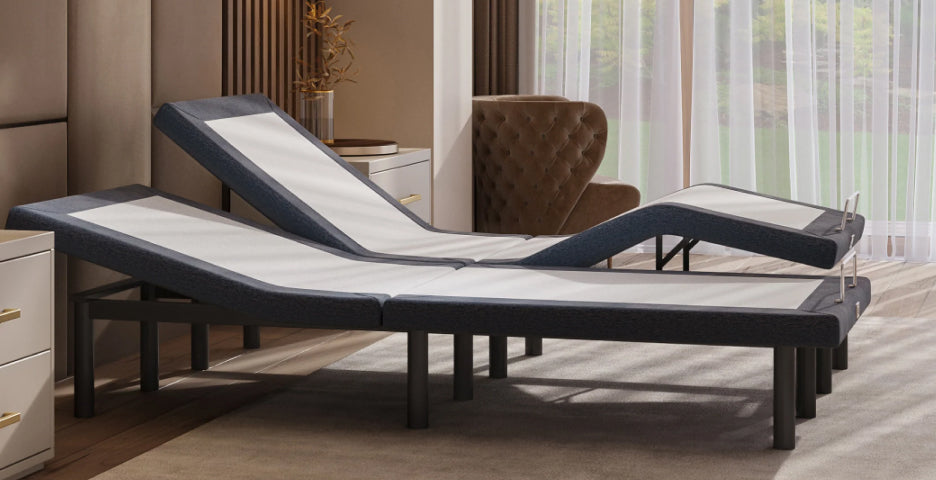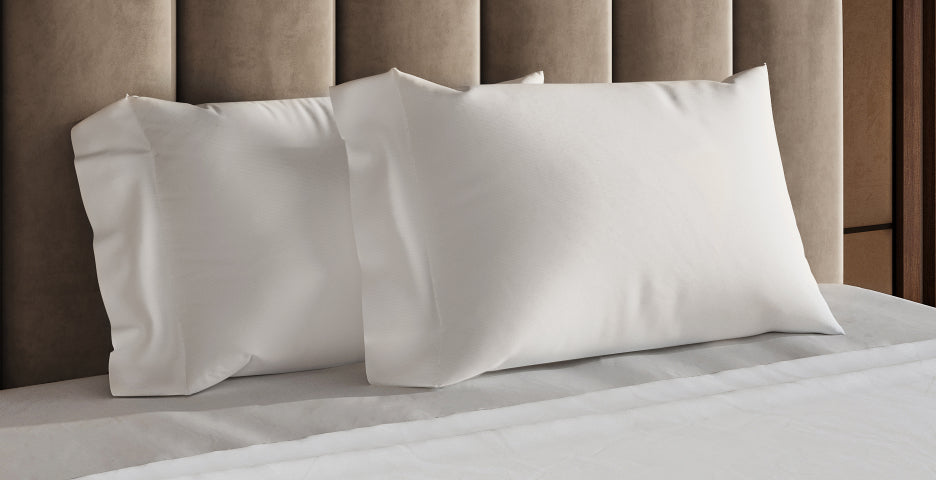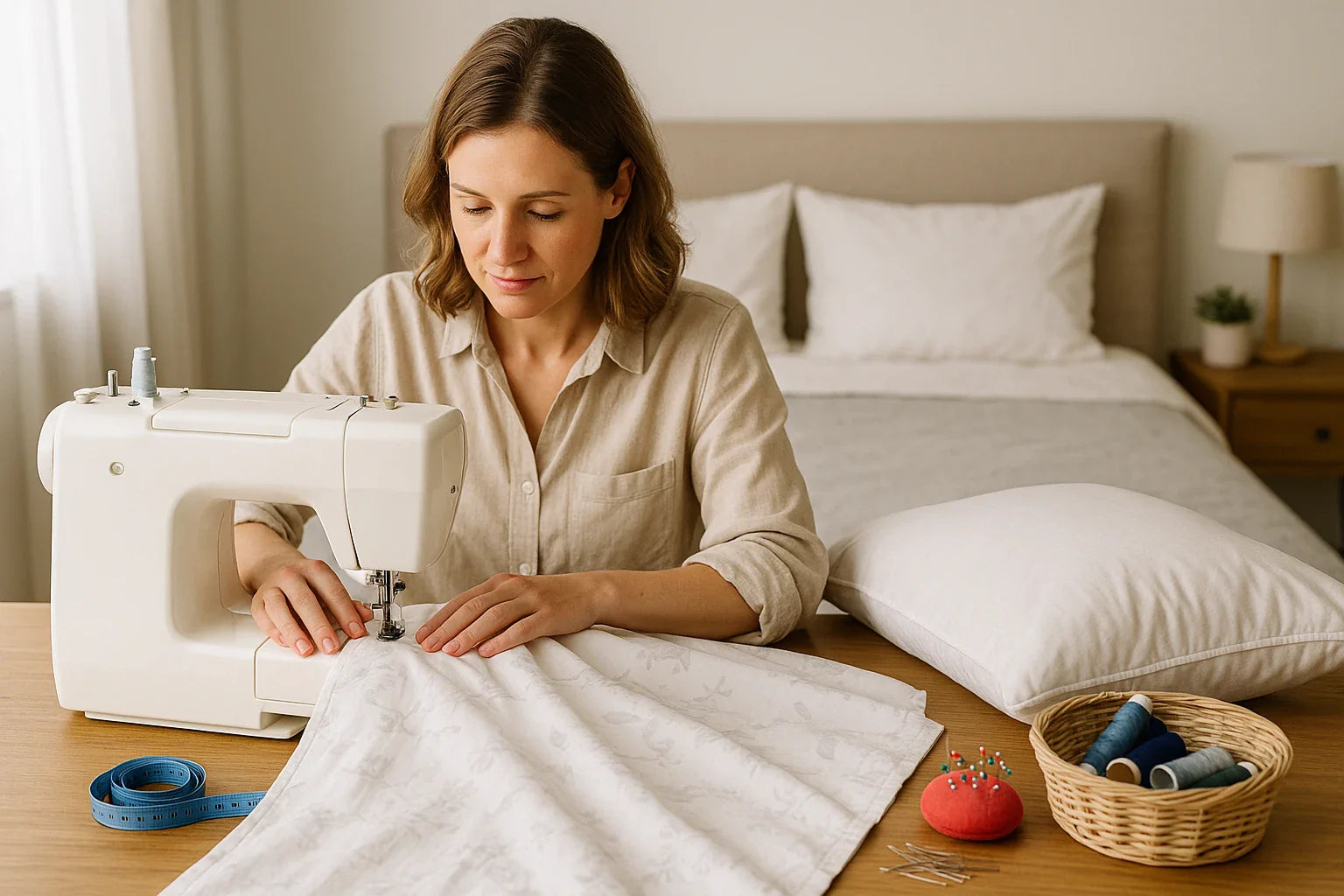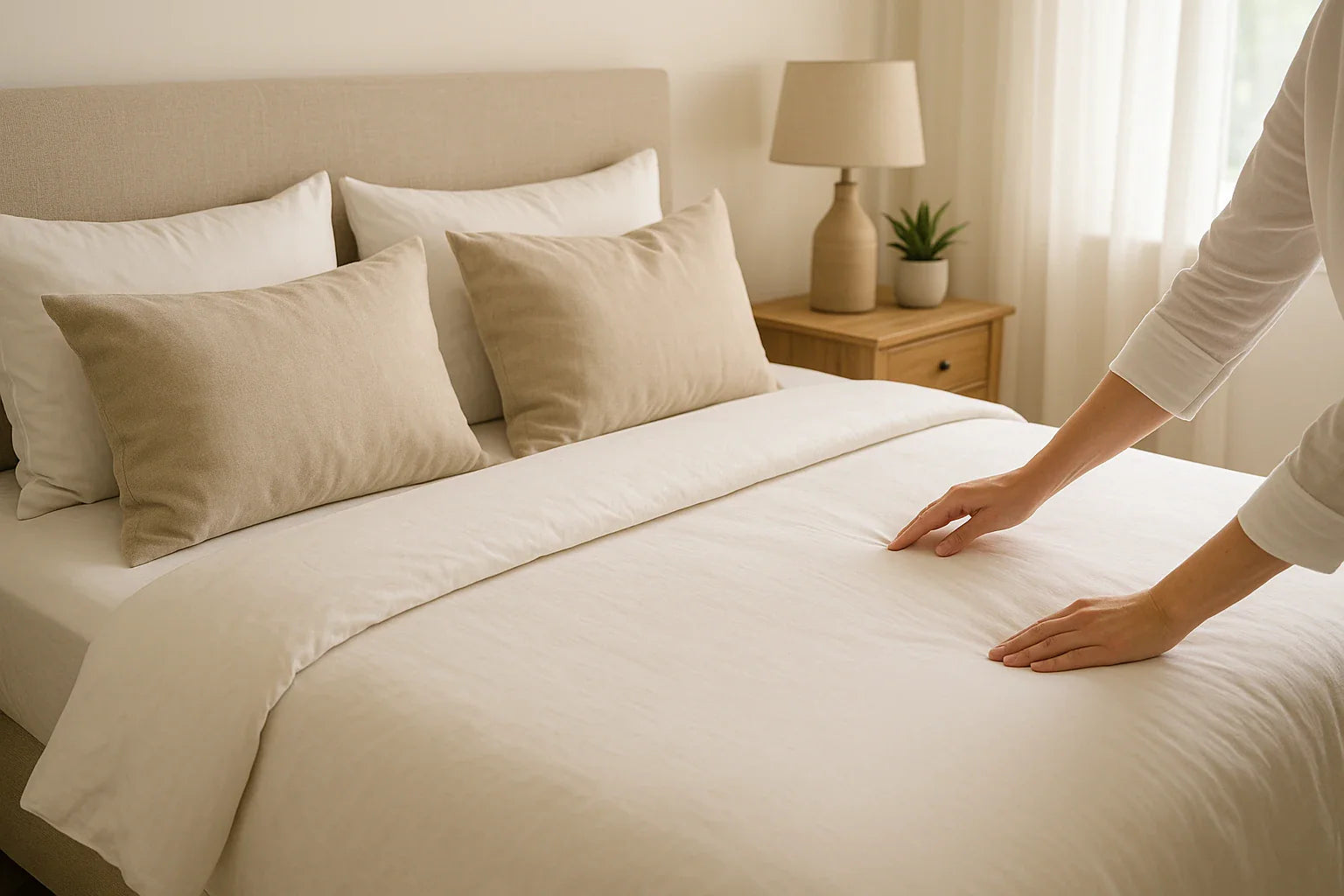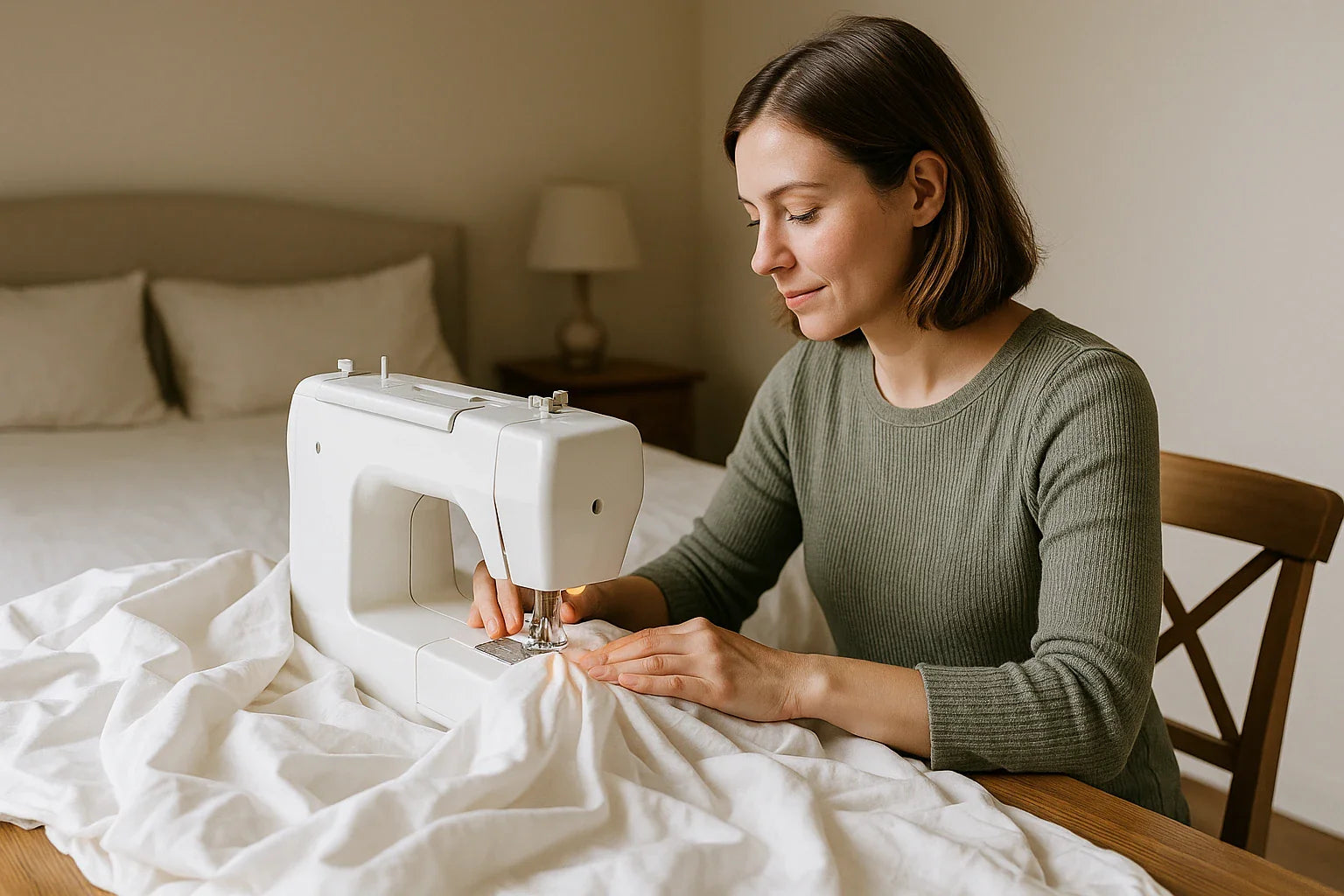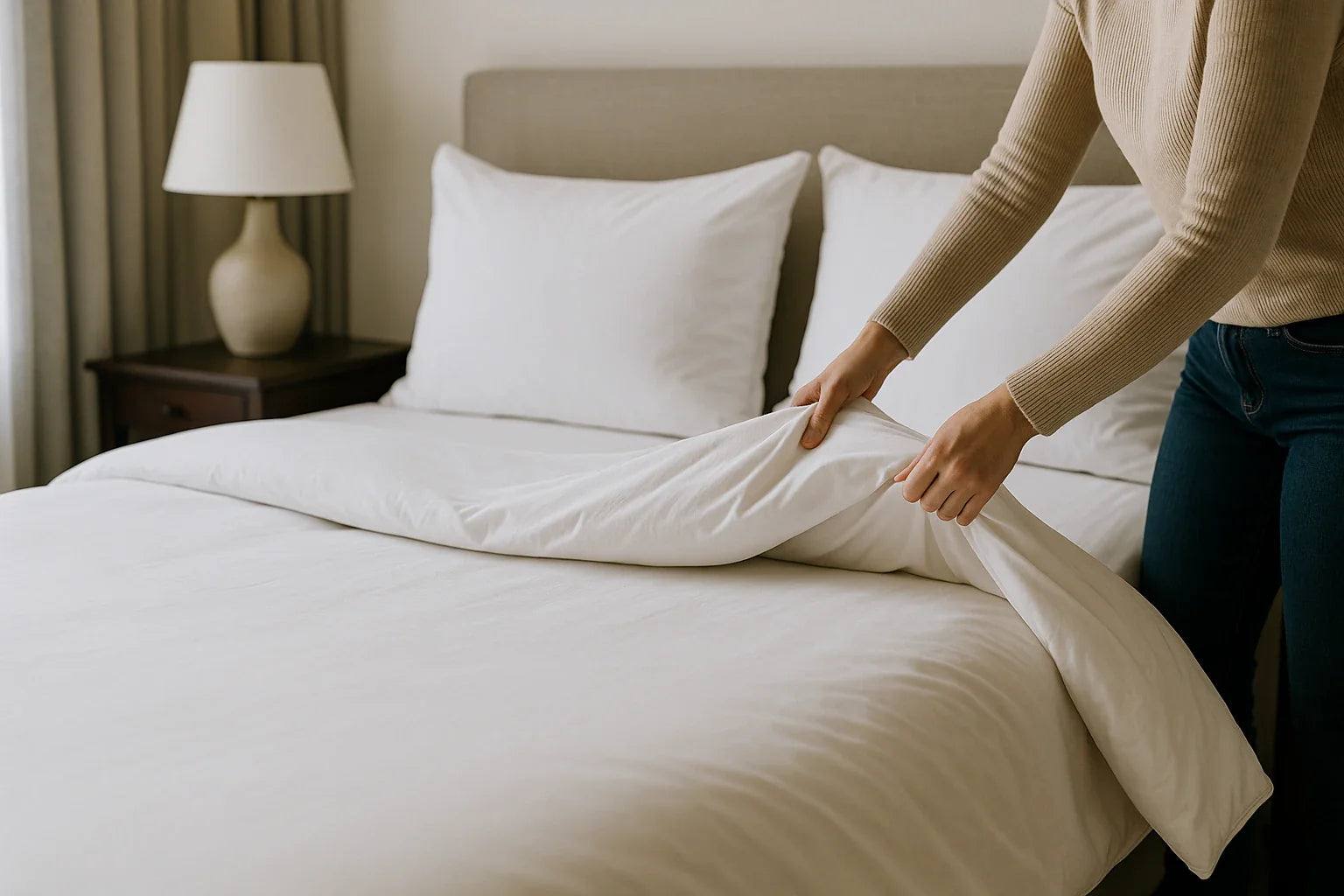Key Takeaways
- Learn how many nursing pillows you need based on feeding habits and lifestyle.
- Understand whether nursing pillows are safe for newborns and what to avoid.
- Discover if nursing pillows are HSA eligible and FSA eligible for added convenience.
- Get tips on choosing the right nursing pillow types for home, travel, and more.
When you’re preparing for a new baby, it can feel like there’s no end to the gear checklist—and somewhere near the top is the trusty nursing pillow. But do you need just one? Two? More?
In this guide, we’ll break down exactly how many nursing pillows you need, which kinds are most useful, and how to make your feeding space as comfortable and functional as possible.
How Many Nursing Pillows Do You Need?
The short answer: most parents benefit from having at least two nursing pillows, depending on how often and where you feed.
Consider Having More Than One If:
-
You nurse in different rooms—a pillow for the nursery and one for the living room ensures you’re always prepared, especially for those frequent early-day feeds.
-
You travel or go on outings often—smaller, portable pillows fit easily into the diaper bag or car, making it easier to feed comfortably while away from home.
-
You have twins or multiples—you’ll want one for each baby or a twin-specific design that can accommodate simultaneous feeding without additional strain.
-
You want a backup when one is in the wash—because spit-up, spills, and drool are a regular part of the routine. Having a clean spare on hand keeps things simple.
-
You frequently switch between nursing and pumping—designated pillows for each activity can streamline your setup and help you stay consistent with positioning.
Types of Nursing Pillows to Consider:
-
C-shaped: Classic support under baby and around your waist. Ideal for both breastfeeding and bottle-feeding.
-
Wrap-around/U-shaped: Extra back support and secure fit, perfect for longer sessions and postpartum recovery.
-
Flat pillows or wedges: Minimalist options for targeted lift or elevating baby slightly for reflux relief.
-
Inflatable or travel: Compact and easy to pack, especially for road trips, airplane travel, or family visits.
I kept one C-shaped pillow in the nursery and another on the couch where I spent many evenings feeding with a good show playing softly in the background. Having them in place where I needed them saved me from constantly moving things around—and with our Puffy Royal Mattress nearby, nighttime feeds were extra cozy and low-stress.
Are Nursing Pillows Safe?
Used correctly, yes. But there are important guidelines.
Safe Use Tips:
-
Always use for feeding or supervised awake time only.
-
Never let baby sleep on a nursing pillow—there’s a risk of suffocation.
-
Place the pillow on a firm surface, and ensure baby is upright and latched properly.
Pediatricians and safety organizations agree: nursing pillows are wonderful tools when used properly. But they’re not substitutes for cribs or bassinets.
Common Misuses to Avoid:
-
Letting baby nap or sleep on a nursing pillow.
-
Leaving the pillow in a crib or bassinet.
-
Using a damaged or overly soft pillow without firm support.
Are Nursing Pillows HSA Eligible?
Yes—nursing pillows can be HSA eligible, but usually with some requirements.
What You Should Know:
-
Most HSA providers require a Letter of Medical Necessity (LMN) from your doctor.
-
If your pillow is recommended to support breastfeeding or postpartum recovery, it may qualify.
-
Keep all receipts and documentation for reimbursement.
Check with your HSA provider in advance to make sure your purchase qualifies—and how to submit the proper paperwork.
Are Nursing Pillows FSA Eligible?
In most cases, yes, nursing pillows are FSA eligible, under similar guidelines as HSA.
Helpful Tips:
-
Confirm eligibility with your FSA provider or plan administrator.
-
Request a Letter of Medical Necessity if required.
-
Use your FSA debit card to pay directly or seek reimbursement later.
Nursing Pillow Usage by Lifestyle
| Parent Lifestyle | Recommended Number of Pillows | Notes |
|---|---|---|
| Stay-at-home | 2–3 | For bedroom, nursery, and living space |
| On-the-go/Traveling | 1–2 | One home pillow, one portable option |
| Multiples/Twins | 2–4 | Twin pillows or one per baby |
| Exclusive Pumping | 1–2 | Useful for positioning pump flanges |
Choosing the Right Pillow for Your Routine
-
Think about where you’ll be most often when feeding—this helps ensure the pillow is always within reach when you need it most.
-
Choose materials that are easy to clean—zippered covers are a plus, especially when dealing with frequent spit-ups, milk dribbles, or diaper blowouts.
-
Opt for firm support to maintain baby’s position without constant adjusting. A stable base promotes better latching and reduces strain on your arms and back.
-
Keep one pillow in each main feeding area to reduce hassle and create a smoother routine. This setup allows you to stay focused on baby rather than searching for gear in the middle of the night.
During nighttime feedings, I found that having a second pillow already set up in the bedroom saved me so much time and made sleepy transitions easier. Pairing that routine with a Puffy Lux Mattress, which stays cool and comfortable even during long feeds, helped me stay relaxed and better rested.
Final Thoughts
So, how many nursing pillows do you need? At least two is a smart starting point—especially if your home has multiple feeding areas or you’re balancing nursing with travel, twins, or pumping.
With thoughtful setup and the right support, nursing pillows can make feedings more comfortable, reduce strain, and help create a calm, connected experience between you and your baby.
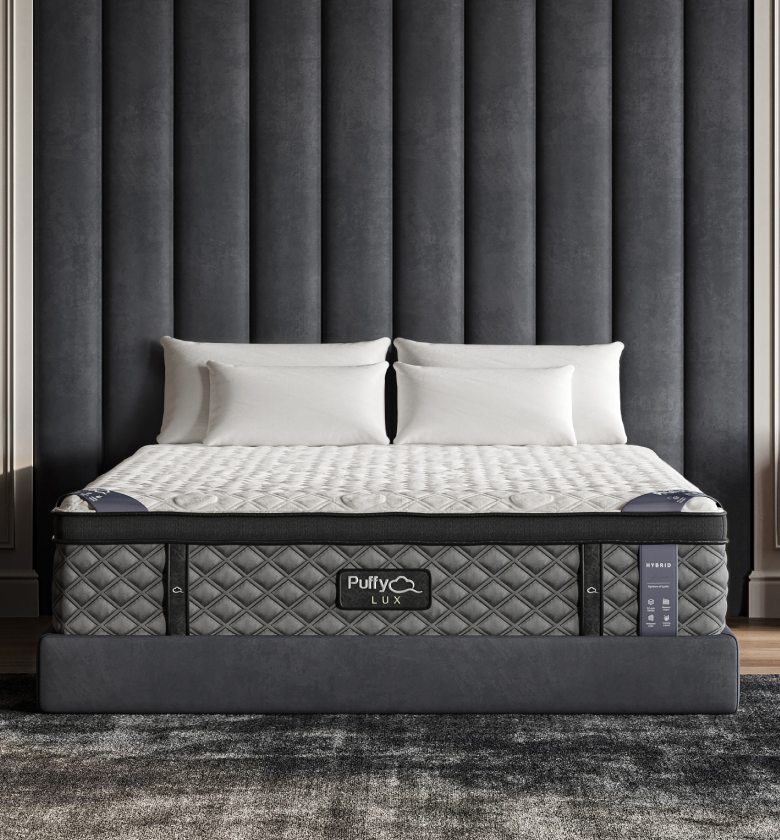
$1,350 in savings
Transform your comfort with the Puffy Lux.
Relax into award-winning comfort with this hybrid mattress:
- 8 layers of cloudlike luxury.
- Medium-plush feel.
- Gel-infused cooling.
- 101-night sleep trial.
